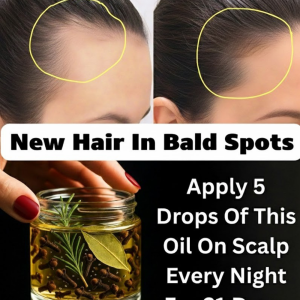
Urticaria, commonly known as hives, is a skin condition marked by raised, red, and itchy welts that can appear anywhere on the body, such as the face, arms, legs, or trunk.
These welts vary in size, may cluster together, and although they usually fade within hours or days, they can return and disrupt a person’s quality of life.
Though often harmless and temporary, urticaria can be distressing. The condition arises when mast cells in the body release histamine and other chemicals into the bloodstream, causing fluid to leak from small blood vessels and form swollen, irritated welts.

Recognizing the Symptoms
Key signs of urticaria include:
- Hives: Clearly outlined, raised bumps that may be red on the edges and pale at the center
- Itching: Ranging from mild to severe
- Short-lived spots: Individual welts usually fade within 24 hours without leaving marks
In some cases, urticaria is accompanied by angioedema, which is swelling of the deeper skin layers—commonly around the lips, eyelids, hands, feet, or genitals. If swelling affects the throat or tongue, it can become a life-threatening emergency due to restricted breathing.
Types of Urticaria
Urticaria is typically classified by how long it lasts:
Acute Urticaria: Lasts less than six weeks and often has a clear trigger
Chronic Urticaria: Persists longer than six weeks and may have no identifiable cause, often linked to autoimmune responses

There are also forms known as physical or inducible urticaria, where welts are triggered by specific environmental factors:
Dermographism: Hives from rubbing or scratching the skin
Cold Urticaria: Triggered by cold exposure
Pressure Urticaria: Caused by prolonged pressure, like from tight clothing
Solar Urticaria: Triggered by sunlight
Cholinergic Urticaria: Appears after increased body temperature, such as from exercise or hot baths
Common Triggers
Acute urticaria can result from:
- Allergic Reactions: To foods (like shellfish, eggs, or nuts), medications (e.g., antibiotics or NSAIDs), insect stings, or latex
- Infections: Such as strep throat or viruses like hepatitis
- Environmental stimuli: Including heat, cold, pressure, or sunlight
- Emotional Stress: Not a direct cause, but can worsen symptoms
For chronic cases, a specific cause is often hard to pinpoint. Many are believed to be autoimmune in nature, where the body’s immune system mistakenly attacks mast cells.

Diagnosis and Treatment Options
Urticaria is typically diagnosed through a combination of medical history and a physical exam. The goal of treatment is to relieve symptoms and, when possible, avoid known triggers.
- Antihistamines: These are the first line of defense, helping to reduce itching and hive formation
- Corticosteroids: Prescribed for more severe or persistent cases to reduce inflammation
- Trigger Avoidance: If a specific cause is identified, steering clear of it is key to preventing recurrence
While urticaria can be uncomfortable and disruptive, most cases are manageable with proper care and attention to potential triggers.




